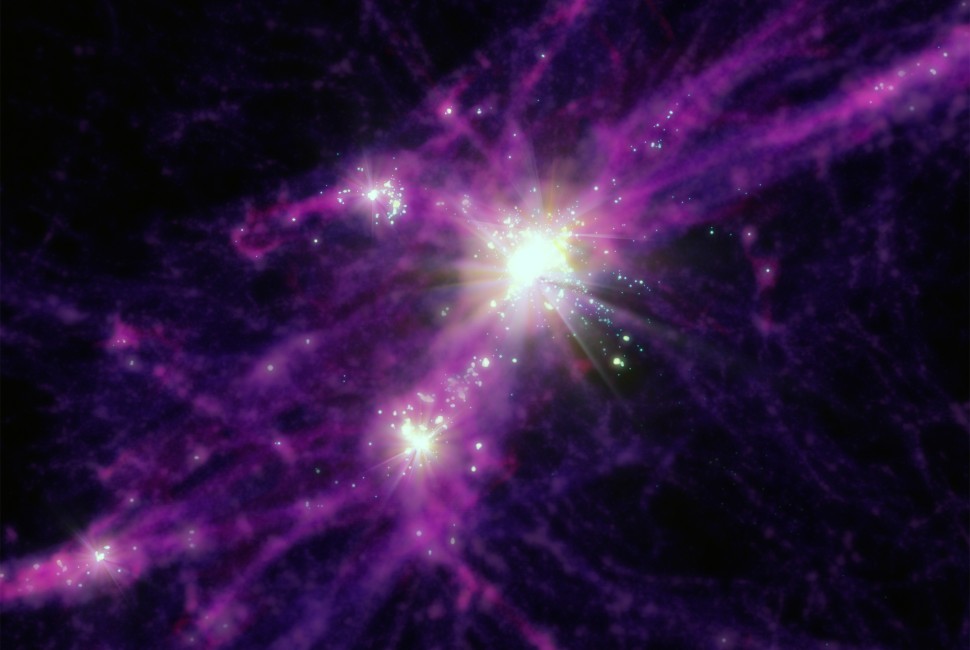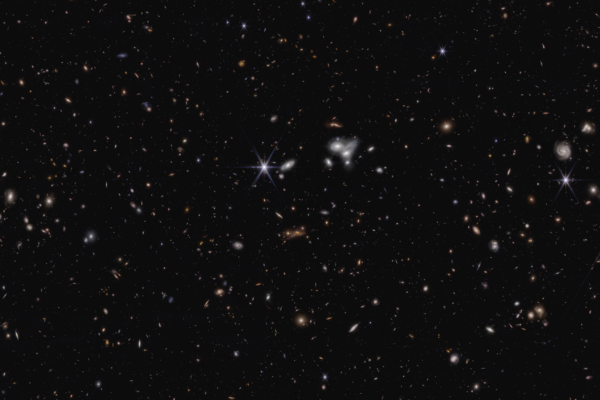
Intense flashes of light, not mass, resolve the puzzle of impossible brightness. When scientists viewed the James Webb Space Telescope’s (JWST) first images of the universe’s earliest galaxies, they were shocked. The young galaxies appeared too bright, too massive and too mature to have formed so soon after the Big Bang. It would be like an infant growing into an adult within just a couple years.
The startling discovery even caused some physicists to question the standard model of cosmology, wondering whether or not it should be upended.
Read More









Recent Comments